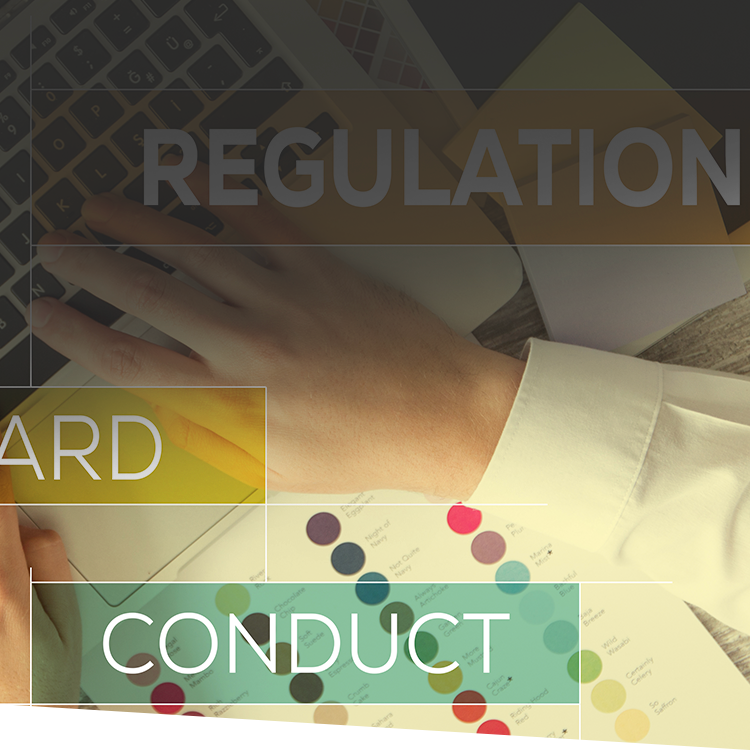Creating a safe school environment for students, faculty, and staff is no simple endeavor in today’s world.
Addressing both physical and psychological safety is a complex undertaking and requires care and attention to many facets of school operations.
As with any overarching strategic effort, support from your School Head and Board are paramount to creating and executing a plan to support school safety.
There must be a clearly articulated vision of what is and what is not acceptable behavior at your school. All teachers and administrators must be trained in the following areas.
- Sexual misconduct. This training should focus on incidents from adult-to-adult, adult-to-student, student-to-student, and student-to-adult.
- Signs of abuse. These can be sexual, physical, or emotional in nature. It is imperative that employees are trained on how to spot abuse and how to report it.
- Harassment. This can include unwanted attention or interaction from students or parents. Give employees the knowledge they need to address it and escalate it.
- Bullying. This can encompass acts on school grounds, off-premises, and on the internet, directed toward students or teachers. Help teachers understand what they should do if they are aware of such behavior.
- Acceptable Use Policy. Your school can (and should) create acceptable use policies on bullying, internet use, BYODs, and any other topics that come up often.
- Basic safety drills. Teachers and staff must know how to respond when an emergency occurs.
Educating your employees on these important aspects of school safety is vital to securing your campus. It’s also imperative to create, share, and uphold reporting, receiving, and investigation protocols for the school.
Reporting an issue
This protocol refers to how employees should report an issue or concern to the school. Outline what situations this protocol might pertain to, including what the school expects (and needs) to know about. Provide steps to take when employees, students, or others are concerned for themselves or witness an action that concerns them. This should provide information on how to report and to whom matters should be reported.
Receiving an issue
This protocol outlines how school officials field a complaint. While you want this process to fit your school’s culture, there are some basic tenets to follow.
The process includes a broad outline of what can and cannot be shared while hearing an issue. Officials who field complaints should know how to graciously diffuse an emotional situation, while being respectful and acknowledging how important the issue is to the individual bringing the complaint. They must do this while remaining neutral.
The protocol should include discussing the investigation process, including next steps and the process for communicating any results. It should also anticipate whether the administrator needs to have a witness at the meeting or should bring in legal counsel.
Investigating an issue
This protocol outlines how the school investigates an issue. Define what the process looks like and who plays each role. If possible, require that two individuals must lead each investigation to eliminate future claims of bias.
This protocol should include the “rights and duties” of each party involved, when to separate parties if there is a concern for safety, and when to involve an attorney or law enforcement, along with any needed documentation. It must also include communication guidelines and how and when to report findings to the Board, those directly involved in the incident, and other constituencies.
These protocols should be vetted by your school’s legal team and communicated to faculty, staff, and families during orientations and all-hands meetings. Also clearly outline your protocols in your employee handbook, student and parent contracts, and have them readily available in any area online where you keep important and supporting documents.
Keep these elements in mind when considering how to make your campus a safer place for your students, employees, and community.
Additional ISM Resources:
The Source for Private School News Vol. 17 No. 5 Closing the Risk Gap for Sexual Misconduct
The Source for Business and Operations Vol. 16 No. 4 Four Basic Safety Drills for Your School
The Source for Trustees Vol. 15 No. 6 Indicators of School Crime and Safety
Additional ISM resources for Gold members:
I&P Vol. 36 No. 3 Addressing Bullying and Sexual Misconduct
I&P Vol. 41 No. 5 The Risk Management Assessment Process





